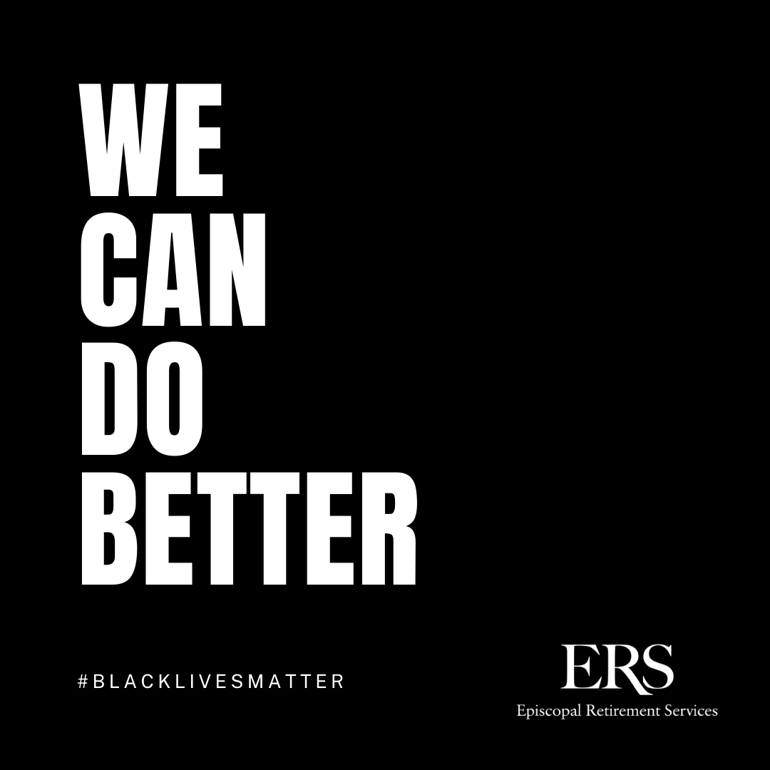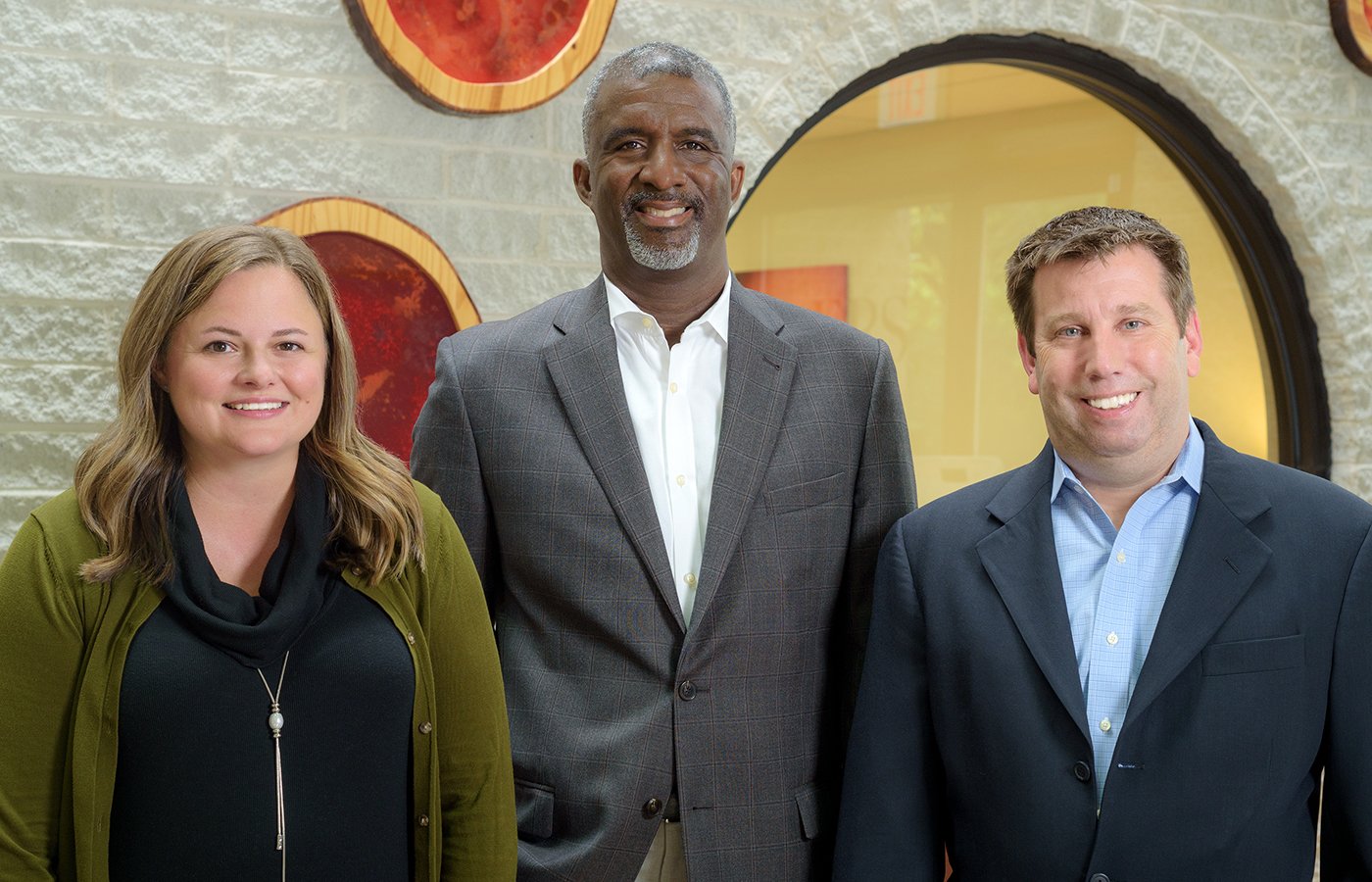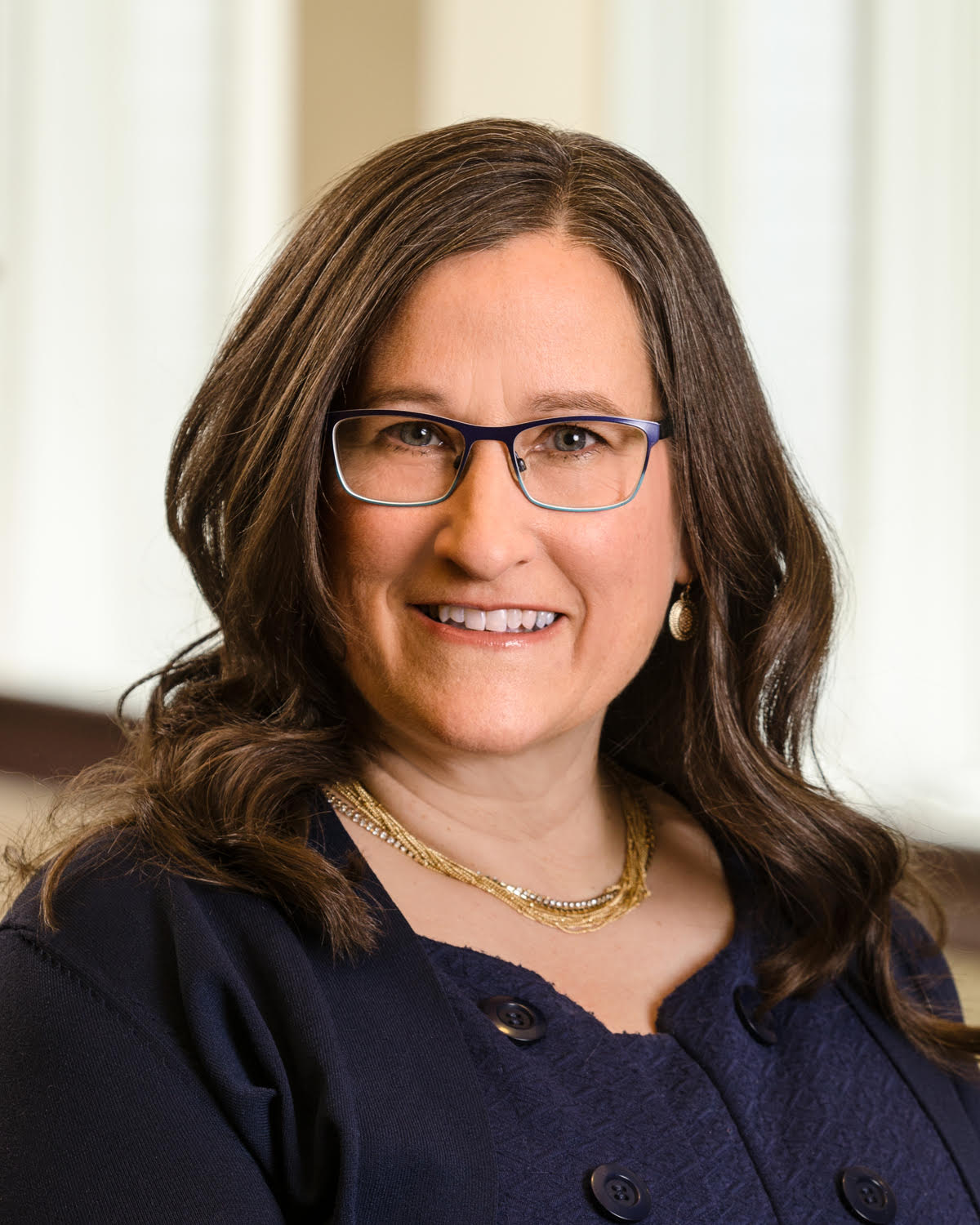
We Can Do Better (WCDB), the Episcopal Retirement Services (ERS) anti-racism initiative, continues to develop more than a year after the staff dialogue began.
The leaders and managers of ERS continue to give team members the tools to learn about being an ally to underrepresented communities through panel discussions and confronting bias. But now, ERS is also taking steps to benchmark our diversity numbers and create new affinity groups to support underrepresented staff success at ERS.
ERS defines underrepresented as self-reported black, brown, Hispanic, Asian, and LGBTQ persons.
“It’s been a wonderful year learning from our colleagues and friends about their life experiences and how we can be better allies to our black and brown brothers and sisters. In the next phase of WCDB, we are moving into action, looking at how ERS as an organization can better support underrepresented staff,” says ERS President and CEO Laura Lamb.
The Servant Leadership Team (SLT) formed the WCDB initiative in the wake of the police killing of George Floyd and the summer of Black Lives Matter protests that followed. It began in June 2020 as a series of conversations and educational sessions regarding racial injustice and racism.
WCDB exemplifies two of ERS’s Core Values: Inclusion and Relationships, says Vice President of Human Resources & Organizational Development Joan Wetzel.
“If we are going to honor relationships, I think WCDB helps us to honor those even more. Knowing what people are going through and their experiences outside of work makes me a more empathic individual,” Wetzel says.
ERS Diversity, Equity & Inclusion Scorecard
ERS recently released a Diversity, Equity, and Inclusion Scorecard to take a deeper look into how our organization reflects our community by gender and race. The scorecard is part of 2021 We Can Do Better goals that also include:
- Examining HR practices for systematic biases and update protocols to make them more inclusive.
- Evaluating our resident marketing efforts for Continuing Care Retirement Communities (CCRCs) and identify opportunities to increase the diversity of residents in our CCRCs.
- Creating a staff scholarship for underrepresented staff in aging services, including evaluating our Next Generation Leadership program.
The scorecard reveals that while our overall demographics show a racially diverse staff (nearly half of the team identify with an underrepresented group), the inclusive numbers shrink in managerial and supervisory positions. (Please see scorecard online at erslife.info/WCDBscorecard). The goal over time is to have management more closely mirror staff representation.
While gender and racial gaps are prominent on the ERS Corporate Board, equity has improved. For instance, there were no black or brown members on the board in 2016. Underrepresented groups now comprise 22 percent of the board.
“Our Corporate Board shows what we can do if we are intentional. With our Diversity, Equity, and Inclusion Scorecard, we are taking a deeper look into our staffing, management group, board of directors, resident census, and business partners to find places where there are gaps in representation across our organization. Now that we have organized the data, we are putting into place strategies that will help make an impact and measure our progress,” Lamb says.

Caption: The SLT will serve as Champions for the new Affinity Groups. VP of Middle Market and Ministry Megan Bradford leads the Young Professionals Group, VP of Affordable Living Jimmy Wilson leads the Women In Leadership Group, and VP of Marketing and PR Bryan Reynolds leads the Multicultural Group.
New Affinity Groups to Begin
In addition, ERS identified two affinity groups led by staff: Women In Leadership and Multicultural. The existing Young Professionals affinity group will retool their organization to encourage members of any age to support YP growth.
Each affinity group will have two co-chairs, and SLT members will serve as Champions. Staff interested in being part of the affinity groups met in July, with details about their progress will be coming soon.
Each group will decide its direction, Wetzel says. It could include educational topics or activities that help staff get to know each other better.












